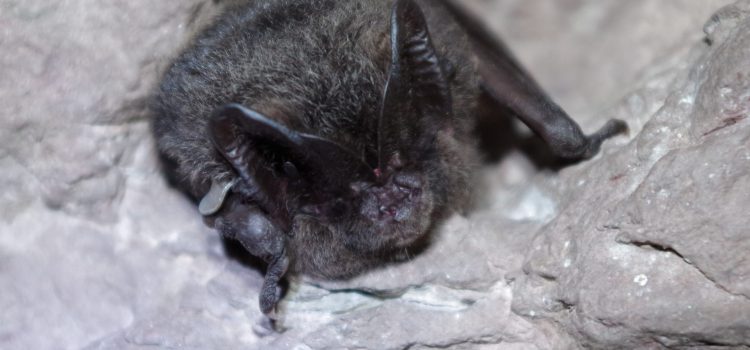The age profile of bat populations has a fundamental influence on their conservation status. However, the age of bats, as with all other wild species, is often difficult to determine. A new study led by researchers at the University of
Astonishingly accurate: Chronological age determination of bats possible using DNA from wing membrane samples










